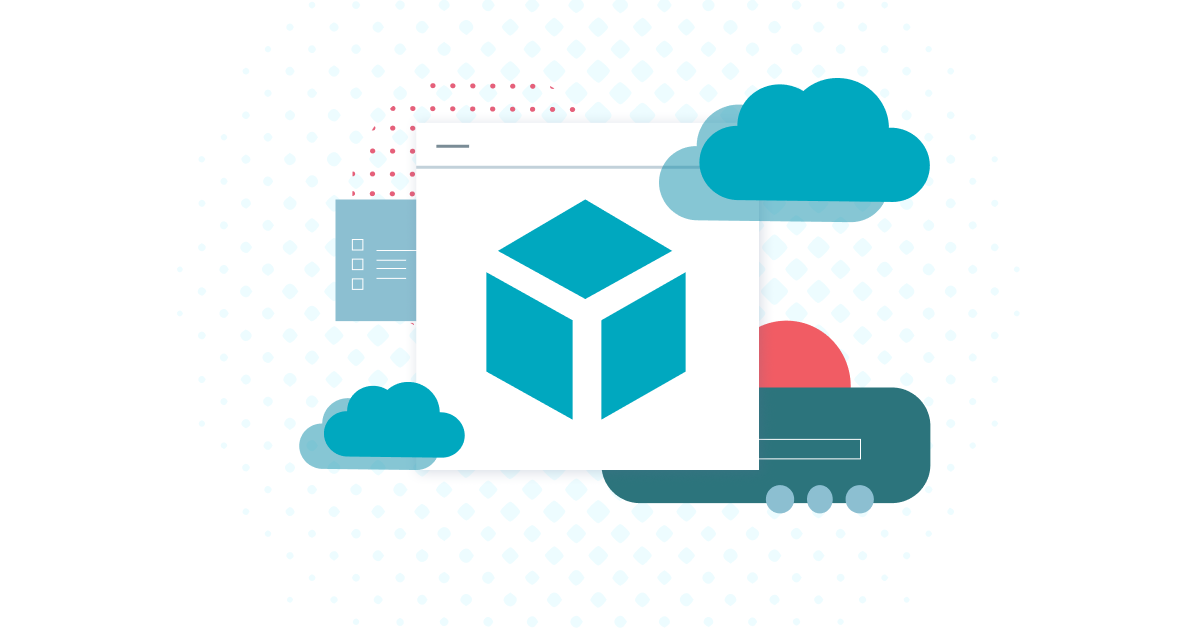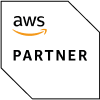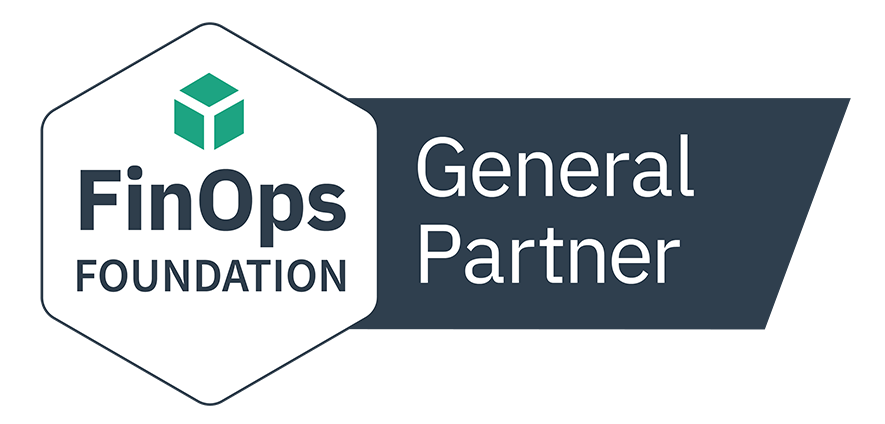Cloud FinOps is rapidly becoming popular among organizations in today's digital age due to its ability to help manage financial operations more efficiently. This is because it allows organizations to track, measure, and optimize their cloud spend with greater visibility. It also helps improve operational efficiency by automating numerous financial processes, including billing, budgeting, auditing, and reporting.
Aside from better visibility, FinOps also has the capability to identify cost-saving opportunities by providing insights into usage patterns and further helps organizations maintain compliance with financial regulations. FinOps is quickly becoming a must-have for any organization looking to maximize profitability while staying on top of its financial operations. But how can organizations compare the outcomes of these practices to those of the past?
This blog will discuss everything you need to know about FinOps and how you can stay ahead of the curve in today's ever-evolving digital landscape.
What is Cloud FinOps?
Autonomous FinOps (a segmentation of Cloud FinOps) is a modern approach to cost optimization and financial operations in the cloud. It leverages automation, analytics, and machine learning technologies to optimize resource utilization and control over cloud spend. This approach allows teams to identify areas of optimization, set up SLAs, and monitor their progress to reduce costs, improve efficiency, and optimize resource utilization. It also allows organizations to gain better insights into cloud resource usage, forecast future spending, and develop cost optimization strategies.
With new department areas opening up just around Cloud FinOps, teams work with the IT organization to ensure that cloud resources are used efficiently and cost-effectively. This approach helps organizations maximize return on their cloud investments while minimizing risk and unnecessary spending. Teams specializing in it can also help organizations stay on top of the latest industry trends, identify areas for improvement and make better cloud decisions—a valuable asset for any cloud-based organization.
This approach to operations allows organizations to achieve their financial and operational goals while avoiding costly mistakes. It is quickly becoming a key component of any cloud-based organization, and it’s important for organizations to understand Cloud FinOps and develop teams that specialize in it to maximize their cloud investments.
Cloud Spending Pitfalls: FinOps' Role in Cloud Budget Optimization
FinOps is a financial optimization strategy that allows businesses to reduce spending and manage their budget better. It assists businesses in increasing efficiency and lowering costs through proactive spending optimization. It also employs several strategies that allow cloud users to accurately track spending, act proactively on usage data, and forecast future costs.
Cloud FinOps assists businesses in minimizing expenditure, maximizing savings, and creating budget optimization plans in the cloud by bringing greater collaboration between finance and engineering teams. It also provides visibility into cloud usage trends, costs, and opportunities for resource optimization. This assists cloud users in identifying potential cost savings and reducing overspending.
Cloud FinOps Benchmarking
FinOps.org recommends the following steps for effective benchmarking.
Resource Utilization & Efficiency. It is essential for FinOps teams to ensure that every resource consumed translates to sufficient business value. The resulting performance and other quality metrics must be economically worthwhile for every expense.
To start, FinOps teams should have their sets of business efficiency metrics established and defined. These metrics should speak to their business and gauge a resource's efficiency.
FinOps teams must be able to attribute a monetary value against costs that can be avoided through rightsizing inefficient or underutilized resources.
Measuring Unit Costs. It's crucial for teams to develop metrics that showcase the business value of every cloud investment. Dedicated FinOps practitioners turn to Cloud Unit Economics, a profit maximization model built on objective measurement standards that assess your organization's performance against your FinOps and business goals. Commonly used units include:
- Cloud-only Cost-per-customer
- Software-as-a-Service (SaaS), License-based Cost-per-customer
- Cloud + SaaS + Hybrid Costs + Human Capital-based Cost-per-customer
Commitment-Based Discounts. Cloud service providers offer discounts on their services to attract clients and sign them into spending commitments. Notable examples are AWS Savings Plans and Google CUDs.
It's important to note that every cloud provider has different offerings and unique rules on how they give their discounts. FinOps teams must carefully study each plan and determine how these discount constructs can help them achieve their operational and financial goals.
Anomaly Management. Anomalies are cloud spends that are unexpected and different from what normal costs incurred. With cloud autoscalers as an example, many FinOps teams find their cloud costs skyrocketing because of the slow nature in which those autoscalers provision their resources. Developers tend to overprovision resources in order for their applications to perform accordingly, leading to resource waste and anomalies in an organization’s cloud bill. A FinOps team that minimizes anomalies needs is an autonomous platform that can schedule resources based on utilization versus allocation in real-time—eliminating errors of manual tuning and ultimately keeping cloud costs under control.
How Cloud FinOps Impacts Organizations
Cloud FinOps leads to uniform spending decisions through proper monitoring, real-time insights, and granular reports. Businesses that do not have a sound strategy lack the insights needed to drive well-informed, uniform decisions. This often leads to poor utilization of their cloud resources and suboptimal and costly performance. Managers have a better understanding of their resource utilization and its financial implications, thus allowing them to develop and implement streamlined practices that achieve operational and financial goals.
This modern approach to operations helps companies shift into a cloud-first culture. More organizations are now moving to the cloud and investing in cloud resources. However, only a few are mature enough to recognize that this is a cultural shift. They are moving away from traditional processes and models. Cloud FinOps enable organizations to discover, clarify, and implement the most optimal ways to acquire and consume cloud resources. This creates a culture where all parties benefit from optimized and standardized utilization of resources.
Accuracy in forecasting is also crucial to organizations that rely on the cloud. Enterprises with minimal insights into cloud utilization and spending will struggle to control their cloud consumption. Cloud FinOps delivers the data and insights required to implement proactive monitoring, place and execute controls, and provide automated budget alerts. Enterprises will have adequate cloud resources for all their processes while eliminating the risk of under and over-provisioning.
Benchmark FinOps Performance with Capacity Optimizer
To effectively benchmark your Cloud FinOps performance and spend, you will need an autonomous optimization tool that goes beyond observability and surface metrics. Pepperdata Capacity Optimizer leverages automation and machine learning to analyze tons of real-time performance and resource utilization data to recapture wasted capacity, optimize cluster resources, run more applications, and more.
For organizations seeking to boost their FinOps approach, Capacity Optimizer enables FinOps teams to gain visibility into their cloud infrastructure, its processes, consumption, and spending. This allows them to measure valuable, business-critical KPIs and derive highly actionable insights that slash cloud costs and improve workload efficiency.
Within the cost control and optimization that Capacity Optimizer brings, it can show the rapid differences in savings within an enterprise’s infrastructure. On top of that, it helps enterprises realize these cost savings while meeting SLAs and targeting their business goals.
Read the Capacity Optimizer datasheet to learn more about the solution.
Could your FinOps organization benefit from an “easy button” to eliminate inefficiencies and reduce costs in your cloud environment? Pepperdata requires no manual changes to your application code or platform settings and can be installed via a bootstrap script in under an hour in most enterprise environments. Sign up now for a free 15-day trial of Pepperdata. What do you have to lose, besides all that waste in your clusters?




